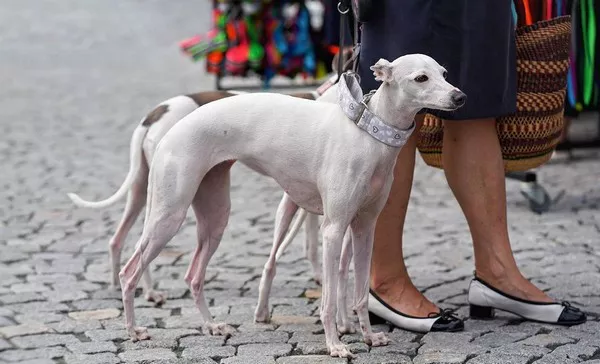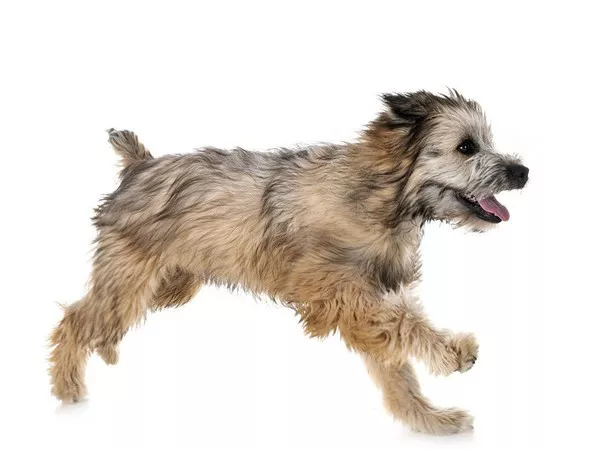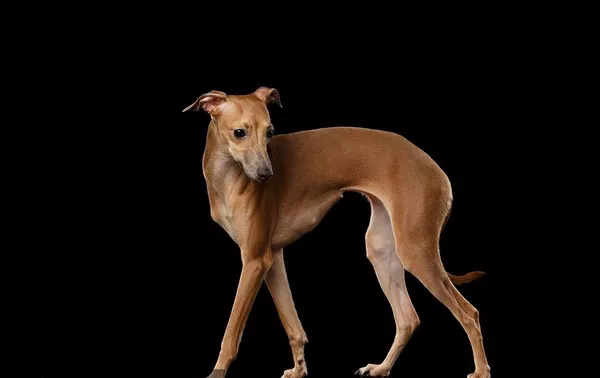Corn snakes, Pantherophis guttatus, are one of the most popular pet snakes due to their calm demeanor, manageable size, and attractive coloration. With their striking patterns, docile nature, and relatively simple care requirements, corn snakes make an excellent pet for both beginners and experienced reptile keepers. One of the most common questions reptile enthusiasts ask when considering or caring for a corn snake is whether these creatures are capable of recognizing their owners.
In this article, we will explore the behavior of corn snakes in terms of recognition, bonding, and interaction with humans. We will delve into the biological and psychological mechanisms behind their behavior, and examine whether or not they are capable of forming bonds with their human caretakers, and if they can indeed recognize individual people.
The Nature of Corn Snakes
Before we can explore the question of whether corn snakes recognize their owners, it’s important to understand their nature and basic behaviors. Corn snakes are non-venomous constrictors, native to the southeastern United States, primarily found in grasslands, forests, and agricultural areas. They are typically nocturnal creatures, meaning they are most active during the night, and they spend a significant amount of time hiding or burrowing during the day.
Corn snakes rely heavily on their senses of smell and vision, and much of their interaction with their environment and with other beings is dictated by their sensory abilities. These senses play a crucial role in how they “perceive” their world. Their keen sense of smell, aided by their forked tongue and Jacobsen’s organ (or vomeronasal organ), allows them to detect chemical signals in the environment, including potential prey or mates. While corn snakes have good vision, especially in low light, they are not known for their complex social interactions. This will give us an important clue about their ability to recognize human beings.
What Does “Recognition” Mean for Snakes?
Recognition, in the context of pets and animals, refers to the ability of an individual animal to distinguish between different stimuli or individuals. For many animals, recognition is tied to sight, smell, or even behavioral cues. However, for corn snakes, the ability to “recognize” humans is much less likely to be based on facial recognition, as it is in mammals like dogs or cats.
Snakes, including corn snakes, have relatively poor eyesight when compared to many other pets. They do not have the cognitive ability to process visual information in the same way mammals or birds do. Instead, their primary means of recognizing objects or individuals in their environment are through their sense of smell, heat detection, and, to some extent, vibrations or movement.
Sensory Capabilities of Corn Snakes
1. Olfaction (Sense of Smell)
Snakes, including corn snakes, have an extraordinary sense of smell, which is essential for hunting, navigation, and possibly even recognizing their environment and owners. The forked tongue of a snake picks up scent particles from the air and transfers them to the Jacobsen’s organ, a specialized structure inside the mouth that helps them “taste” the air and detect chemical cues.
In the wild, a corn snake uses this sense of smell to track prey or detect potential threats. In captivity, it may use this sense to “recognize” familiar scents, such as those of its owner, its cage, or other animals in the environment. While snakes do not form emotional attachments in the same way that mammals might, it is possible that they become familiar with the scent of their caretaker and can differentiate it from other scents in their environment.
2. Thermoreception (Heat Detection)
Corn snakes, like many snakes, are ectothermic, meaning they rely on external sources of heat to regulate their body temperature. To help them navigate their environment, they have heat-sensitive pits located along the sides of their heads. These pits allow them to detect temperature gradients and even the body heat of warm-blooded creatures, such as humans or prey animals. This ability to sense heat is particularly useful in low-light conditions.
While it’s not accurate to say that corn snakes “recognize” a specific person through heat detection alone, it is possible that they can differentiate between the heat signature of their owner and that of other people or animals.
3. Vision
Corn snakes have relatively good vision, especially in low-light conditions. They can detect movement and may use their vision to help identify the presence of an object or person. However, their vision is not as sharp or color-differentiated as that of mammals or birds. Instead, it is optimized for detecting movement, which may be useful for detecting prey or avoiding predators.
In terms of recognizing people, it is unlikely that a corn snake can “see” its owner the way a dog or a cat might. However, they are likely able to distinguish between different individuals based on factors such as movement, scent, and perhaps heat.
Behavior of Corn Snakes Toward Their Owners
Despite their limited capacity for social interaction, many reptile owners report that their corn snakes display certain behaviors that suggest a degree of recognition. These behaviors can be interpreted as responses to familiarity or routine, rather than true emotional bonding or recognition of individual owners.
1. Feeding Time Behavior
Corn snakes are opportunistic feeders, and they rely heavily on the scent of prey to determine when it’s time to hunt. Many snake owners report that their corn snakes begin to show excitement or increased activity when they approach their enclosure, especially around feeding time. This behavior is most likely related to the snake’s heightened awareness of the scent of food.
However, it’s possible that this behavior also extends to the scent of the owner. If an owner consistently feeds a snake at the same time each day, the snake may begin to associate the scent of that person with the food. This could be interpreted as recognition of the owner, as the snake may respond differently to the person who regularly provides food compared to someone who is less familiar.
2. Handling Behavior
Corn snakes that are handled regularly and gently tend to become more accustomed to human interaction. While it is important to note that corn snakes do not “bond” with humans in the same way that mammals such as dogs or cats do, many owners find that their snakes become more docile and tolerant of handling over time. This tolerance to handling is often a result of routine exposure rather than recognition of the person specifically.
Some corn snakes may even become more active when their owner approaches the enclosure, which could be an indication of comfort or familiarity. However, it’s important to remember that snakes are solitary creatures by nature and are not social in the same way that other pets are.
3. Exploratory Behavior and Familiarity
Corn snakes are naturally curious animals. They will often explore their surroundings, including their enclosure, when they are awake. Over time, they may become more familiar with the human presence around them, particularly if that person regularly handles them or interacts with their environment. However, their behavior is more likely a response to familiarity with the environment than a true recognition of the owner.
Are Corn Snakes Capable of Emotional Attachment?
While corn snakes are not known for forming deep emotional attachments like some other pets, there is evidence that they can develop a sense of familiarity with their caretakers over time. This familiarity may manifest as less stress during handling, recognition of feeding routines, or even the anticipation of food when the owner approaches.
However, it is important to set realistic expectations. Snakes, in general, are not emotionally complex animals. They do not experience love or affection in the way mammals do, and their primary motivations are centered around survival, food, and environmental comfort. While they may recognize their owner based on scent or other sensory cues, it is unlikely that this recognition comes with any deeper emotional bond or affection.
What to Expect From Your Corn Snake
If you are a corn snake owner, it is important to manage your expectations regarding recognition and attachment. Corn snakes are not affectionate in the traditional sense, and while they may become accustomed to their owner’s presence, they do not form the same kinds of social bonds that mammals, birds, or even some reptiles like turtles and iguanas might.
That said, corn snakes are still fascinating and enjoyable pets. Many owners find joy in the predictable behaviors of their snake, as well as in the quiet companionship of caring for such an intriguing creature. Regular, gentle handling and a consistent feeding routine may help foster a sense of familiarity, but it’s essential to remember that recognition, if it occurs, is likely a sensory-based response rather than an emotional one.
Conclusion
So, do corn snakes recognize their owners? The short answer is yes, but in a very different way from the way we might expect from a mammal like a dog or a cat. While corn snakes may become familiar with the scents and routines associated with their owner, they are not likely to form emotional attachments. Instead, they rely on their keen senses—primarily smell and heat detection—to identify and react to individuals in their environment.
Recognition in corn snakes is more about comfort and familiarity than emotional bonding. Their interactions with their owners are driven by instincts and routines rather than affection or loyalty. As long as owners understand the nature of their corn snake’s behavior, they can form a rewarding relationship built on trust, routine, and mutual respect.
In conclusion, while corn snakes may recognize their owners in their own unique way, it is important to remember that their behaviors are primarily motivated by survival instincts rather than the complex emotional attachments seen in more social species. With proper care and handling, a corn snake can thrive in captivity, and its interactions with its owner can be fulfilling, though not in the same way as with more traditionally affectionate pets.
Related Topics:






















